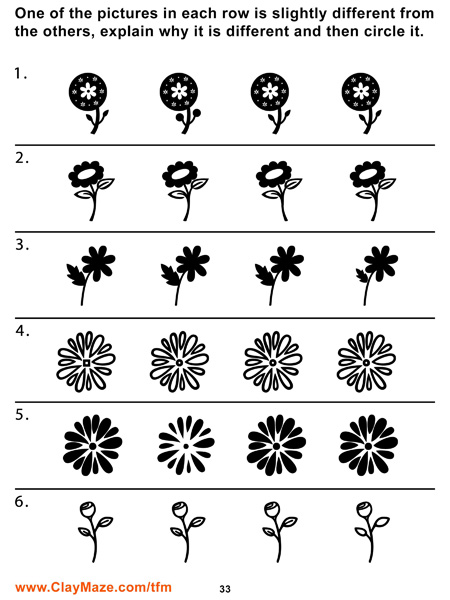An early interest in pattern recognition and problem solving is key to helping a child develop a critical love for learning, but because of the unique strengths and weaknesses of each child, some children may excel with one type of pattern work while some might excel with a different learning approach. Some children are visual learners, some are better when engaged verbally and some engage patterns on an entirely different level. Sometimes teaching a child to approach a problem by multiple approaches like sketching out an image, counting and tallying or verbally breaking a problem down can help both them and the educator determine which approach might suit them best.
This worksheet above is one of the free sample selections from our Pattern Recognition Workbook.
Download Printable PDFRelated Worksheets
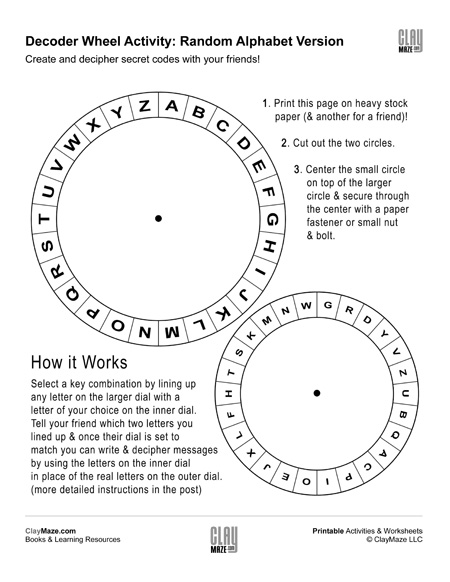
Spy Decoder Wheel – Random Alphabet Version
How the Decoder Works Once you’ve used the instructions on the PDF Download to assemble your decoder you can either share that decoder with a friend or have them make an identical one. To use it, simply line up a
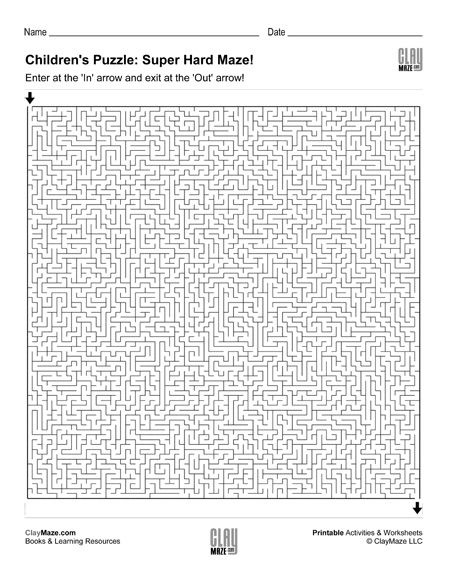
World’s Hardest Puzzle? World’s Hardest Maze?
Probably not but you better pack a lunch because this one might take you a while! Enjoy this super-hard maze and note, the second page of the PDF is the solution so try not to peek! Solving mazes is a
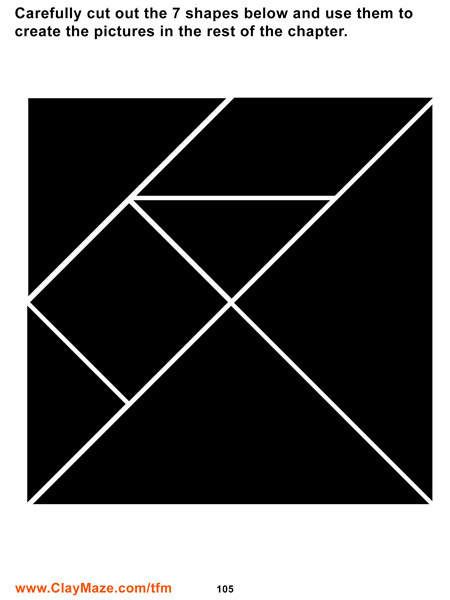
Printable Reusable Tangram Puzzle
The worksheet below is one of the sample selections from our children’s educational book “The Forgotten Milestone“. Children Ages 4-10. Assembling patterns, animal and human forms from Tangrams is a great way to exercise your pattern recognition skill. There is
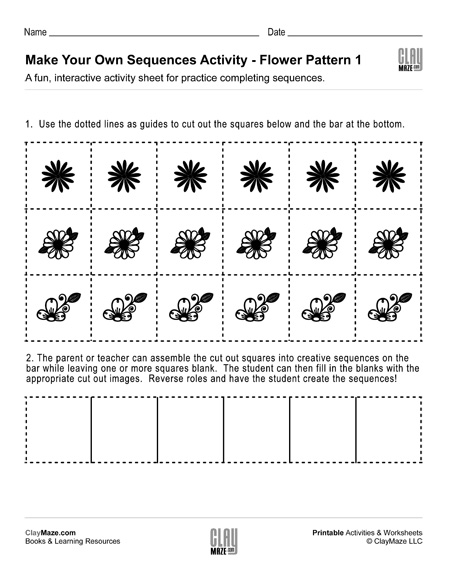
Make Your Own Sequences Activity – Flower Pattern 1
This activity is a fun twist on the basic challenge of completing sequences. The child can use the dotted lines as guides to cut out the shape squares and the bar at the bottom of the page. The parent or
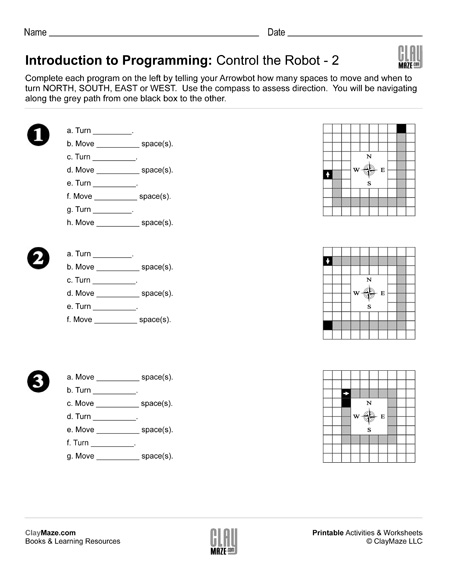
Introduction to Programming: Control the Robot – 2
This worksheet is part of a set of 4 designed to introduce younger children to the very basics of computer programming. The main series post is located here.
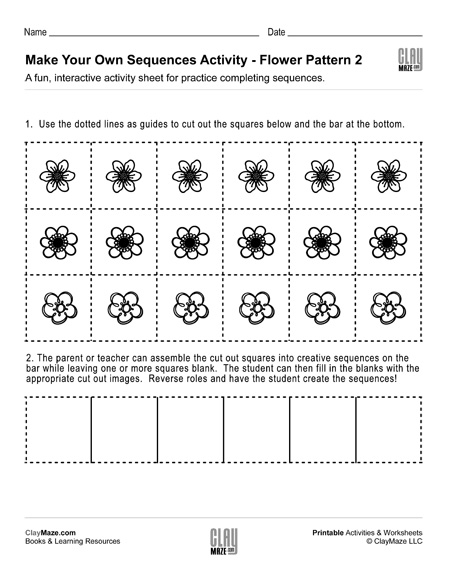
Make Your Own Sequences Activity – Flower Pattern 2
Pattern recognition and sequences play a big role in children’s learning. This particular activity is a little more interactive and allows children to not only decode and complete the missing sequences but participate in their design. The child can cut

